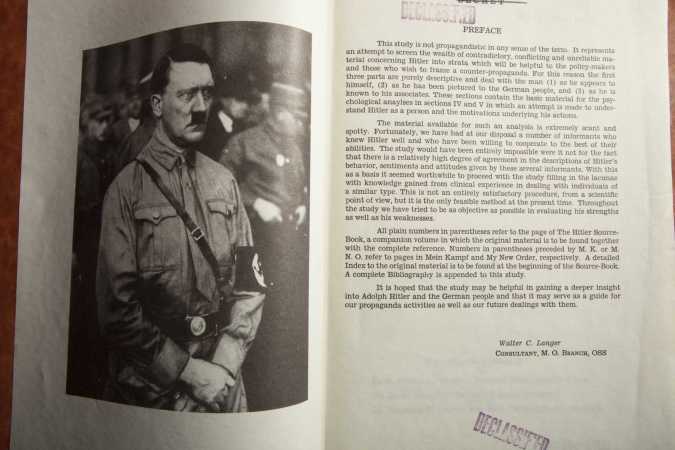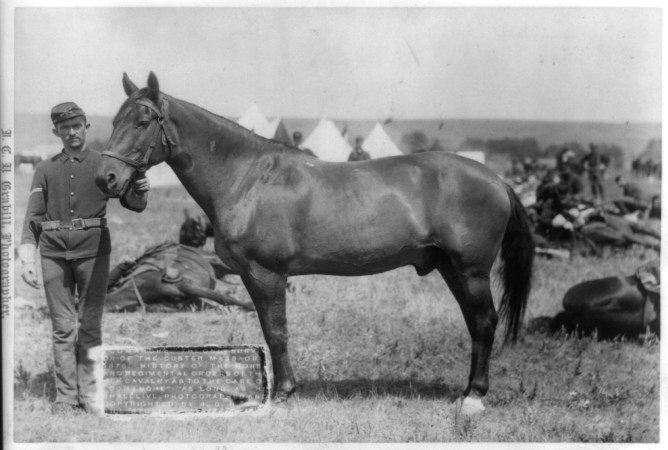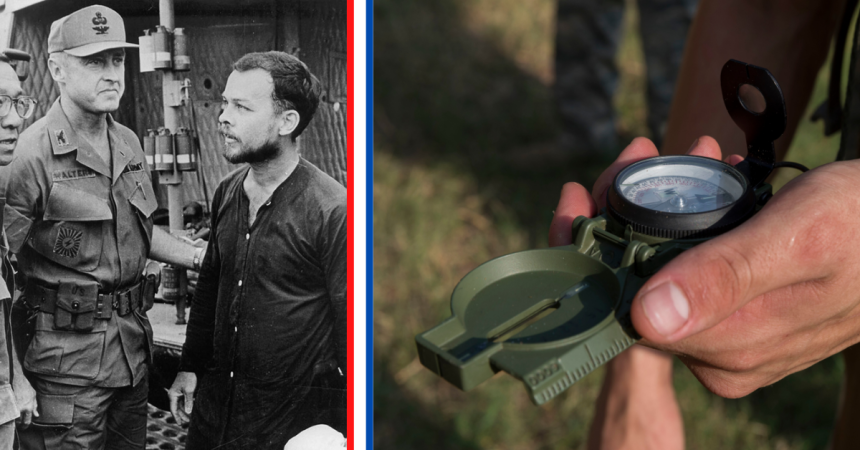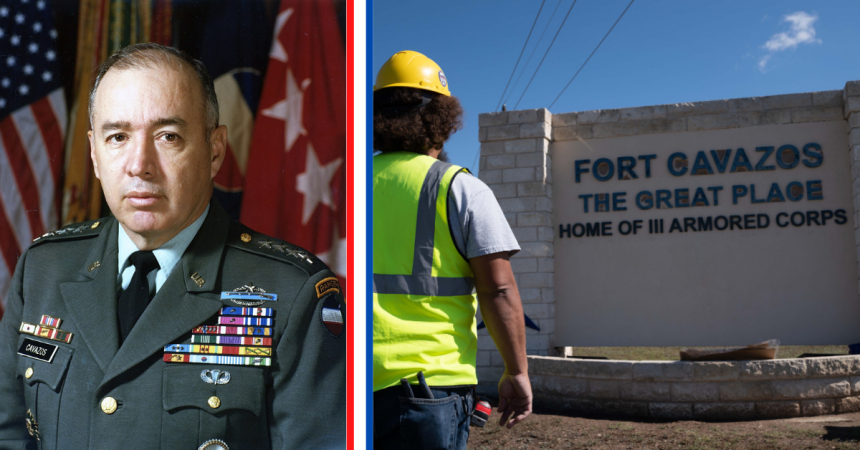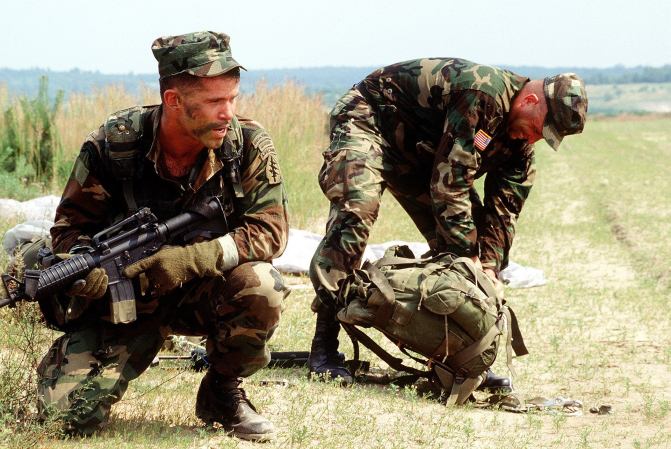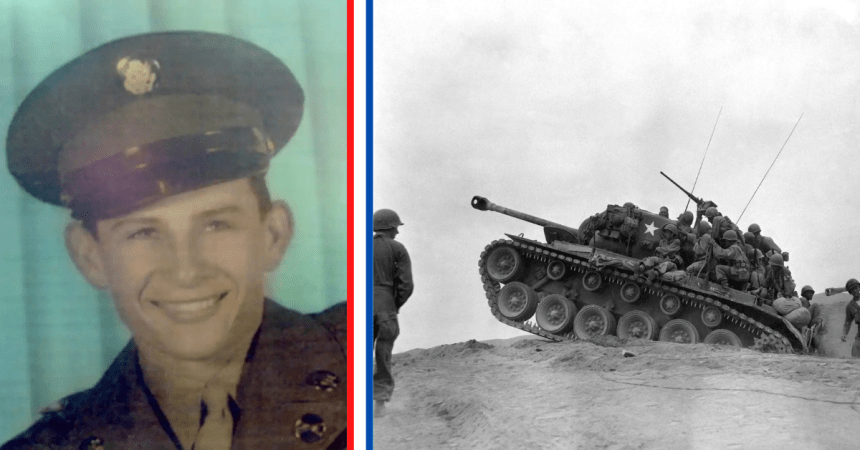Tattoos are, by their very essence, pretty badass. They’re statements to the entire world that you’re willing to go through a few hours of pain to showcase your dedication to a certain thing. They’re messages that you’ll carry on your body forever.
In the military, it’s not uncommon for troops to get a new bit of ink that celebrates their branch on the day they graduate from initial entry training. It’s a legitimately badass reason to permanently mark yourself — a symbol of transformation into a warrior — just as Polynesian warriors have done throughout history.
That tattoo of a unicorn that you drunkenly got inked onto your butt because it’ll totally be funny? Not quite as badass.
Tattooing predates civilization itself. Ötzi the Iceman, found in the Italian Alps, is Europe’s oldest known human mummy and his skin was inked with 61 different tattoos. But the art form, as we know it, followed early Austronesian settlers and arguably reached its apex with the Polynesian peoples.
In many Polynesian societies, tattoos are symbols of class, nobility, and family. While certain design elements may be similar and represent a specific trait exhibited by the wearer, no two tattoos, by their very nature, are identical. In Polynesian society, tattoos read like someone’s life story. If lines are filled with a dog-skin cloak, it may signify that someone is a warrior. Intricate designs on the forehead may mean they’re in a leadership position within their community.

(Photo by Graham Crumb)
Some Polynesians still get their tattoos the same way their ancestors did — using tools of sharpened bone and ink made from the candle nut. This traditional process makes heavier use of scarification than modern techniques.
Instead of using a needle to inject ink beneath the epidermis (first layer of skin), the traditional method used by Pacific Islanders involves, at its most basic, digging into the flesh with a serrated bone, using a tapping mallet to drive the the bone further into the skin, and rubbing ink into the wound. It’s extremely painful and may take weeks, if not years, to complete.
This is made even more impressive by the fact that the most common place to get a tattoo is the face. Unlike western cultures, face tattoos aren’t vilified by the Maori. It’s simply a way of showing the world who you are.

The act of getting a tattoo is sacred in that it’s a rite of passage for the wearer. You cannot eat with your hands while it’s being done nor can you talk to anyone during the tattoo process. But the biggest no-no is wincing from pain. Any sign of weakness means you are not worthy of the tatau and you’ll be told to leave with a half-finished tattoo. This forever marks you with shame.
The tradition continues to this day as a sign of heritage. While most of the younger generations opt for the modern-day needle gun (it’s faster and less painful), traditional artists are still around. While it’s not forbidden for outsiders to undergo the traditional process, you will (understandably) be shunned if you get something that you know nothing about just because you thought it looked cool.





